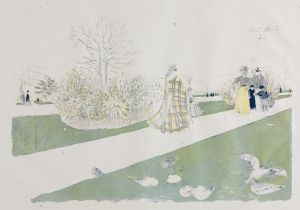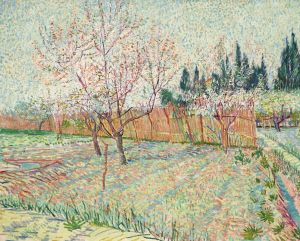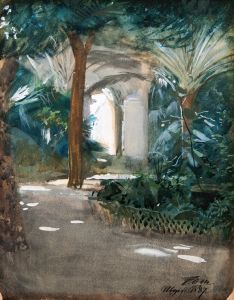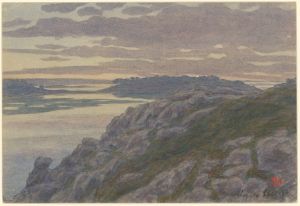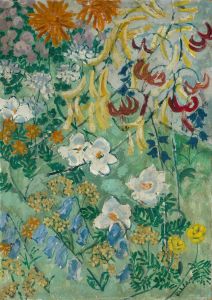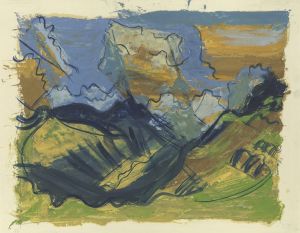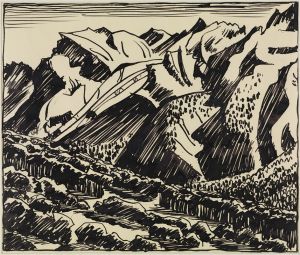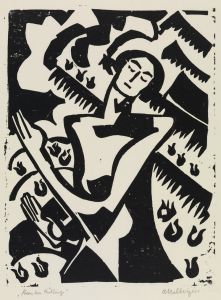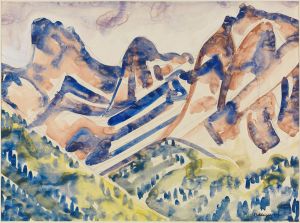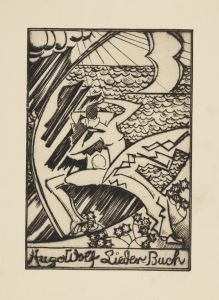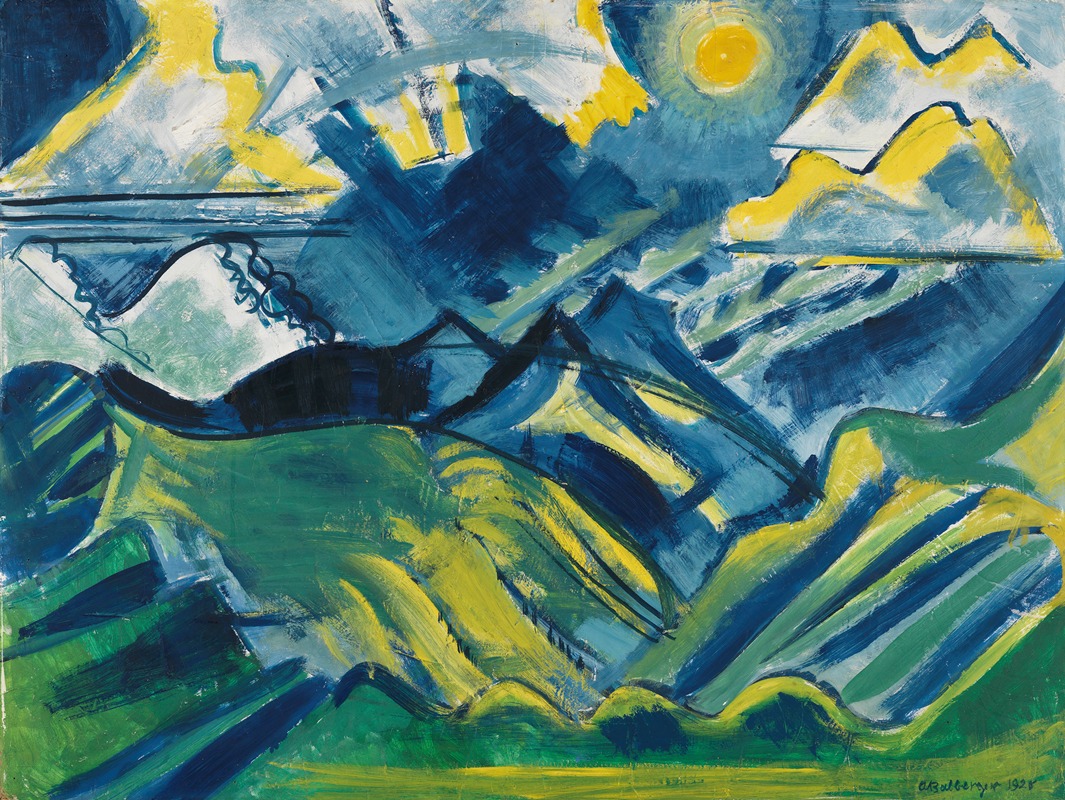
Balmalp
A hand-painted replica of August Babberger’s masterpiece Balmalp, meticulously crafted by professional artists to capture the true essence of the original. Each piece is created with museum-quality canvas and rare mineral pigments, carefully painted by experienced artists with delicate brushstrokes and rich, layered colors to perfectly recreate the texture of the original artwork. Unlike machine-printed reproductions, this hand-painted version brings the painting to life, infused with the artist’s emotions and skill in every stroke. Whether for personal collection or home decoration, it instantly elevates the artistic atmosphere of any space.
August Babberger was a German painter associated with the Expressionist movement, known for his vivid landscapes and emotive use of color. One of his notable works is "Balmalp," which exemplifies his distinctive style and thematic focus. Babberger was born on December 8, 1885, in Hausen im Wiesental, Germany, and he pursued his artistic education at the Academy of Fine Arts in Karlsruhe and later in Munich. His career was marked by a deep engagement with the landscapes of his native region, as well as the broader Alpine environment, which often served as inspiration for his work.
"Balmalp" is a painting that captures the essence of the Alpine landscape, a recurring subject in Babberger's oeuvre. The painting reflects his fascination with the natural world and his ability to convey its emotional resonance through art. Babberger's work is characterized by bold brushstrokes and a vibrant palette, which he used to express the dynamic and sometimes tumultuous relationship between humans and nature. This approach aligns with the broader Expressionist movement, which sought to depict subjective emotions and experiences rather than objective reality.
The painting "Balmalp" likely depicts a scene from the Swiss Alps, a region that Babberger frequently visited and painted. His connection to the Alps was not only artistic but also personal, as he found solace and inspiration in the mountainous landscapes. The painting captures the rugged beauty of the mountains, with their dramatic peaks and valleys, and the interplay of light and shadow that defines the Alpine environment. Babberger's use of color in "Balmalp" is particularly noteworthy, as he employs a range of hues to evoke the changing moods of the landscape, from the serene to the sublime.
Throughout his career, Babberger was influenced by various artistic movements and figures, including the German Expressionists and the Swiss painter Ferdinand Hodler. His work reflects a synthesis of these influences, resulting in a unique style that is both expressive and grounded in the natural world. Babberger's paintings often convey a sense of movement and energy, as if the landscape itself is alive and in constant flux. This dynamic quality is evident in "Balmalp," where the viewer can almost feel the crisp mountain air and the shifting light of the Alpine setting.
August Babberger's contribution to the art world extends beyond his paintings. He was also a respected teacher and served as a professor at the State Academy of Fine Arts in Karlsruhe. His influence on the next generation of artists was significant, as he encouraged his students to explore their own emotional responses to the world around them and to develop their unique artistic voices.
In summary, "Balmalp" by August Babberger is a testament to the artist's skill in capturing the essence of the natural world through the lens of Expressionism. The painting reflects Babberger's deep connection to the Alpine landscape and his ability to convey its emotional impact through bold colors and dynamic compositions. As a key figure in the Expressionist movement, Babberger's work continues to be celebrated for its emotive power and its ability to transport viewers to the heart of the landscapes he so loved.





